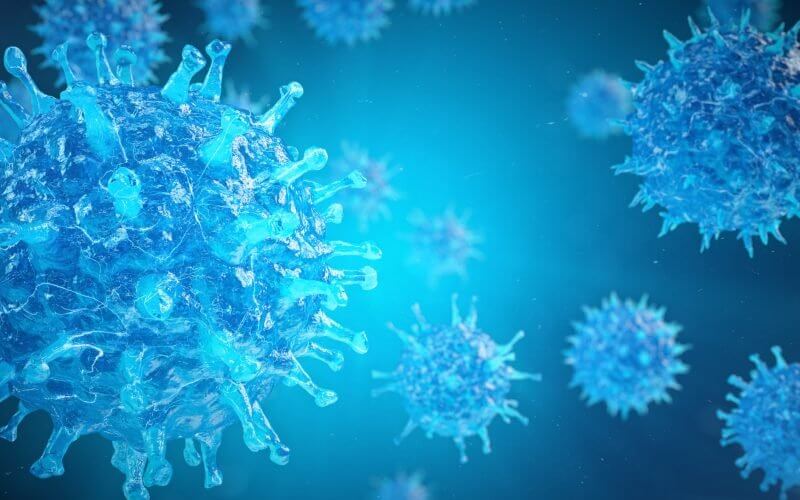By Arjun Walia | The Pulse
A new JAMA study published on Feb 3, 2022 titled “Prevalence and Durability of SARS-CoV-2 Antibodies Among Unvaccinated US Adults by History of COVID-19” has found evidence of natural immunity to COVID in unvaccinated healthy US adults up to 20 months after confirmed COVID-19 infection. It will be interesting to see studies examining natural immunity years down the road to see if it lasts beyond this point.
One of the authors, Dr. Marty Makary from Johns Hopkins, recently tweeted the following.
Big tech was not happy about our JAMA study on natural immunity. LinkedIn took it down (censored my post below). The data doesn’t fit the narrative.
Li re-instated my post after a friend compl to the CEO. Sorry if Silicon Valley did not *like* the results:https://t.co/mlR2GIhzOh https://t.co/hLAuXe1RMP pic.twitter.com/iVatilkYfS
— Marty Makary MD, MPH (@MartyMakary) February 9, 2022
Yes, science regarding natural immunity throughout this entire pandemic has been ignored and not included in health policy. It’s even been censored. I recently published an article about a paper published by nine academics from various institutions explaining how government health authorities, legacy media and politicians have completely misled the public when it comes to the science of COVID. This includes natural immunity.
This particular study regarding natural immunity found evidence of natural immunity in unvaccinated healthy US adults up to 20 months after confirmed COVID-19 infection.
The authors used three equal sized sample groups. Including a group who reported a test-confirmed COVID-19 infection (“COVID-confirmed”), a group that believed they had COVID-19 but were never tested (“COVID-unconfirmed”), and a group that did not believe they ever had COVID-19 and never tested positive (“no-COVID”).
These groups were invited to undergo antibody testing at LabCorp facilities nationwide.
Among 295 reported COVID-confirmed participated, 293 of them (99%) tested positive for antibodies up to 20 months after a reported COVID diagnosis. Among 275 reported COVID-unconfirmed participants, 152 (55%) tested positive for antibodies, and among 246 reported no-COVID cases, 11% of them tested positive for antibodies.
We know that vaccine efficacy wanes between 4-6 months, so to see high levels of antibodies in some people up to 20 months after infection is quite encouraging.
Another recent paper published in the New England Journal of Medicine had similar results. According to their research, the effectiveness of a prior COVID infection in preventing reinfection is, for Alpha: 90.2% Beta: 85.7% Delta: 92.0% Omicron: 56.0%.
Natural infection with severe acute respiratory syndrome coronavirus 2 (SARSCoV-2) elicits strong protection against reinfection with the B.1.1.7 (alpha), 1,2 B.1.351 (beta(,1 and B.1.617.2 (delta) 3 variants.
I emailed one of the authors, Dr. Laith Jamal Abu Raddad with a question regarding the duration of the immunity. He responded,
Hello Arjun,
Thank you for your interest in our study. We have been following people for >18 months, and so far natural immunity remains strong with little waning, apart from the drop in protection against Omicron. Our studies continue for us to see how long this will last. My guess natural immunity protection will wane against infection over-time, but slowly over few years. However, natural immunity against severe COVID-19 will last substantially longer, perhaps even for a lifetime (as we see for other common cold coronaviruses.)
There are now well over 130 studies (including a recent CDC study) attesting to the power of natural immunity, which goes far beyond just antibodies. Natural immunity provides a robust level of protection, and even those who do not test positive for COVID antibodies can still have protection. The absence of specific antibodies does not mean an absence of immune memory. We cannot forget the contribution of B cells and T cells to immunity to SARS-CoV-2.
This article (Natural COVID Immunity Discovered In Unvaccinated Adults Up To 20 Months After Infection) was originally published on The Pulse and is published under a Creative Commons license.

